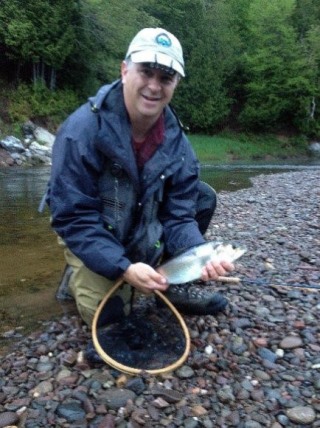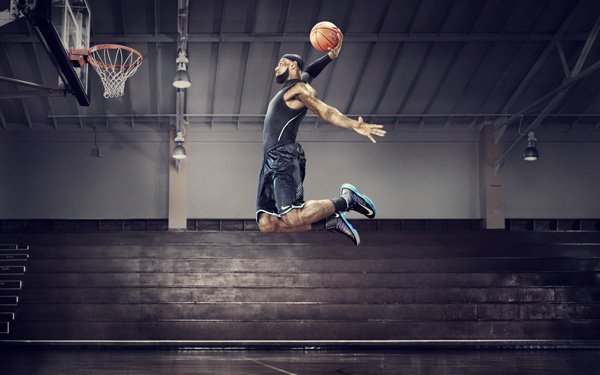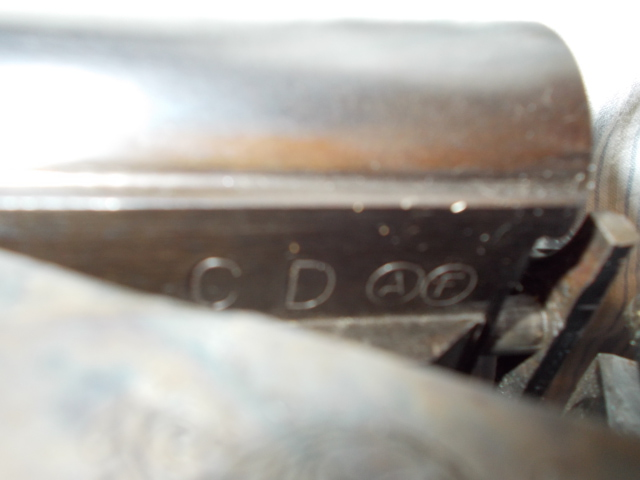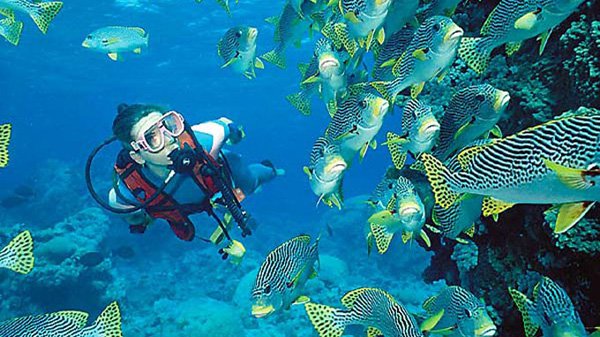
The American shad is one of the funniest fish I pursue with a fly rod, yet I believe it to be one of the most underrated. Any questions as to why they are known to many as “the poor man’s salmon” are quickly answered by the scream of the reel and their display of aerial acrobatics, not to mention their determination to not give up until they end up in your net. Should you feel enticed to try your luck with this worthy opponent, I will attempt to tell you all I have learned about it.
When to Fish
As with all anadromous fish (fish born in fresh water that live out their life at sea), timing is key. Here in southern New Brunswick, they generally start taking flies around the last week of May, while they typically start being active roughly two weeks earlier in Nova Scotia.
A good indicator that shad are present is when you start seeing fish make a commotion on the surface. These fish are alewife, a.k.a. gaspereau. Shad tend to be present along with alewife. As a side note, if you think you see trout jumping out of the water by the dozens, and try as you may you simply cannot hook onto one, those are not trout. They are gaspereau. Try tying on a shad dart, and change your retrieve to quick little bursts, and you should hook onto one. They look very much like a small version of an American shad.
As for time of day, I find shad become active the last hour before the sun sets until about two hours after sundown. If it happens to be a cloudy day, all the better. A light rain with no wind? Killer!!
Where to Find Shad
Generally speaking, shad can be found in the same pools as you would typically find salmon or trout on freshwater rivers. Personally, I do better in runs leading up to pools. I try to seek out areas where the tail end of a pool becomes a nice fifty-or-so meter run with medium current and roughly three to six feet deep.
Gear Needed
You cannot go wrong with shad darts. One usually does well with darts that have some orange color or are completely orange, but my personal favorite is lime green. I like a 5 ½- to 6-foot three-weight fly rod. If I need loner casts though, I use a 5-weight and longer rod (about 7 ½ feet).
Recommended Techniques
If you know how to fish for Atlantic salmon on a typical Miramichi stretch, do exactly that. If not, simply cast out to the other side of the river (assuming a 30-foot or so wide river) at a 45 degree angle and let the current take the fly down river until the line is straight down. Then pause for a few seconds, and if you have not yet gotten a hit, proceed to retrieve your fly with short and quick strips.
That’s about it. If you have never attempted shad angling, you’re missing out, plain and simple. But like any other type of angling, more time on the water equals more fish on your line. Unless you know for a fact that shad are running on your stretch of water, there will be some trial and error on your part before you experience the poor man’s salmon’s fight. Until then, fish on and tight lines!
Where will James go, the answer is about to be announced


How to Stay Safe during Deep Cave Diving In Thailand?

Copyright © www.mycheapnfljerseys.com Outdoor sports All Rights Reserved